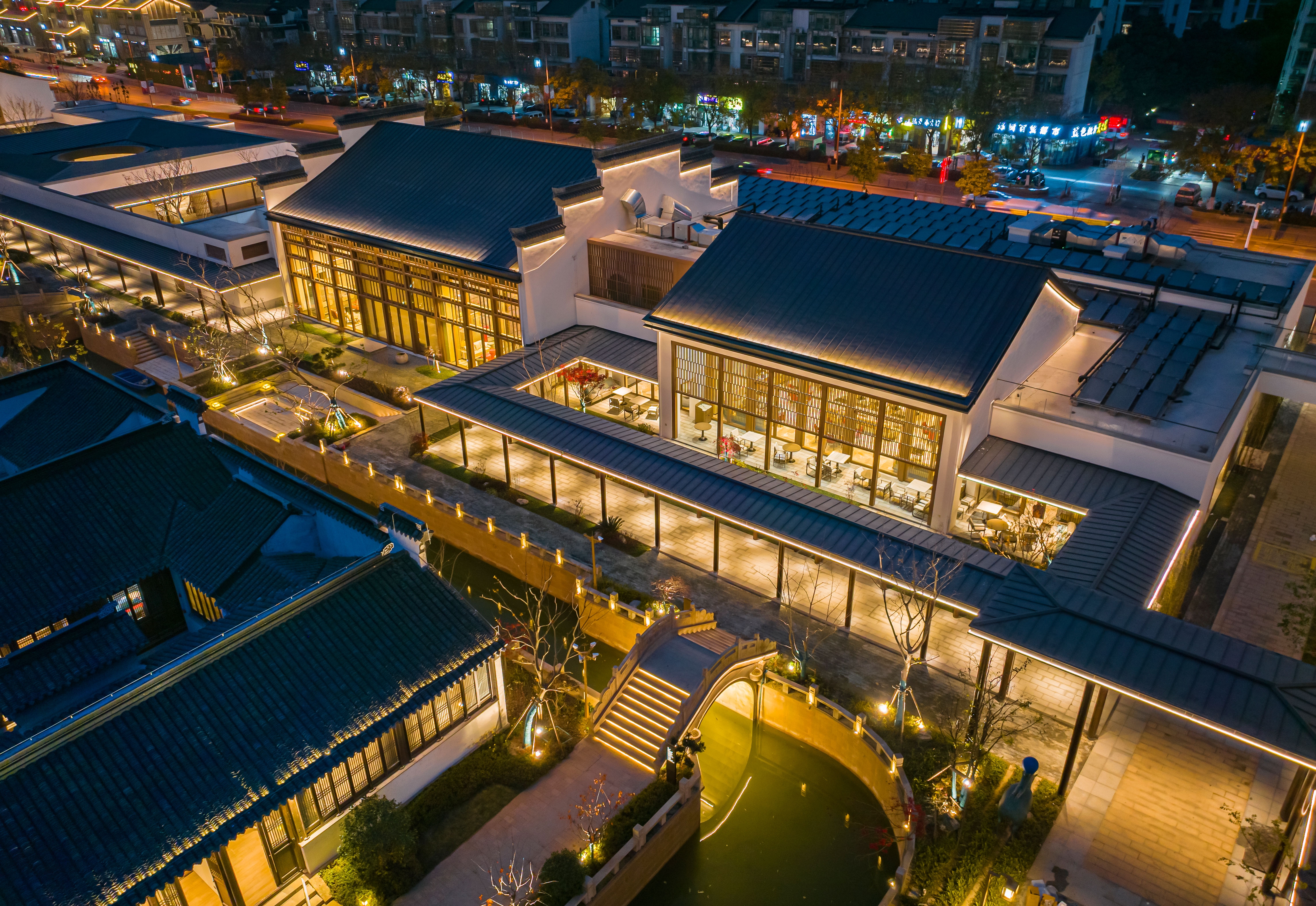Prize(s) Winners in Hospitality Lighting Design
Lighting Design/Product Company Ccw Lighting
Lead Designers LIU Shiyu
Other Designer's names YANG Zhiguo, GAO Jin, YUAN Di, GU Wenyi, LIU Danqin
Interior Design Company WATG Singapore, Inc.
Client Wuxi Dangkou Ancient Town Tourism Development Co., Ltd.
Photo Credits GUO Yahui
Completion Date Feb. 2025
Project Location Wuxi City, Jiangsu Province, China
Entry DescriptionLocated in Wuxi’s historic Jiangnan region, M Gallery Taishifu Hotel draws on traditional local elements—bamboo leaves, weaves, blinds, and lattices. The lighting responds to these textures, balancing function with decoration to reinforce a regional identity.
A bold palette of gold, red, and jade green defines the interior. Lighting is tuned to support these tones with subtle control, enriching the atmosphere without overpowering it.
General lighting is integrated into ceiling forms. Fixtures are minimized and aligned to preserve spatial clarity. Above the reception, a luminous ceiling simulates daylight, softening contrast and enhancing comfort. Unlike downlights, it blends with the architecture. At night, it dims and shuts off to align with circadian needs and conserve energy.
Late at night, decorative lighting is mostly shut off, with minimal ambient lighting for safety. In the all-day dining room, non-operating hours are managed with translucent partitions and low background lighting to reduce energy while keeping the space gently visible.
These strategies blend tradition, technology, and restraint—delivering a calm, sustainable experience true to the M Gallery brand.
Sustainability ApproachEnergy Efficiency and Sustainability Measures
The lighting design for M Gallery Taishifu Hotel prioritizes both energy conservation and human comfort. During daytime, fixtures near windows are dimmed to utilize daylight, while interior fixtures are brightened to maintain balance. In the evening, brightness levels decrease to align with circadian rhythms, promoting relaxation and reducing energy use.
Late at night, most decorative circuits are shut off, with only basic ambient lighting and key downlights left for safety and circulation. In the all-day dining area, non-operational hours are managed with translucent partitions and minimal lighting to preserve visual comfort without unnecessary consumption.
These strategies demonstrate a thoughtful integration of lighting controls and spatial use, supporting sustainability while maintaining a refined guest experience.


